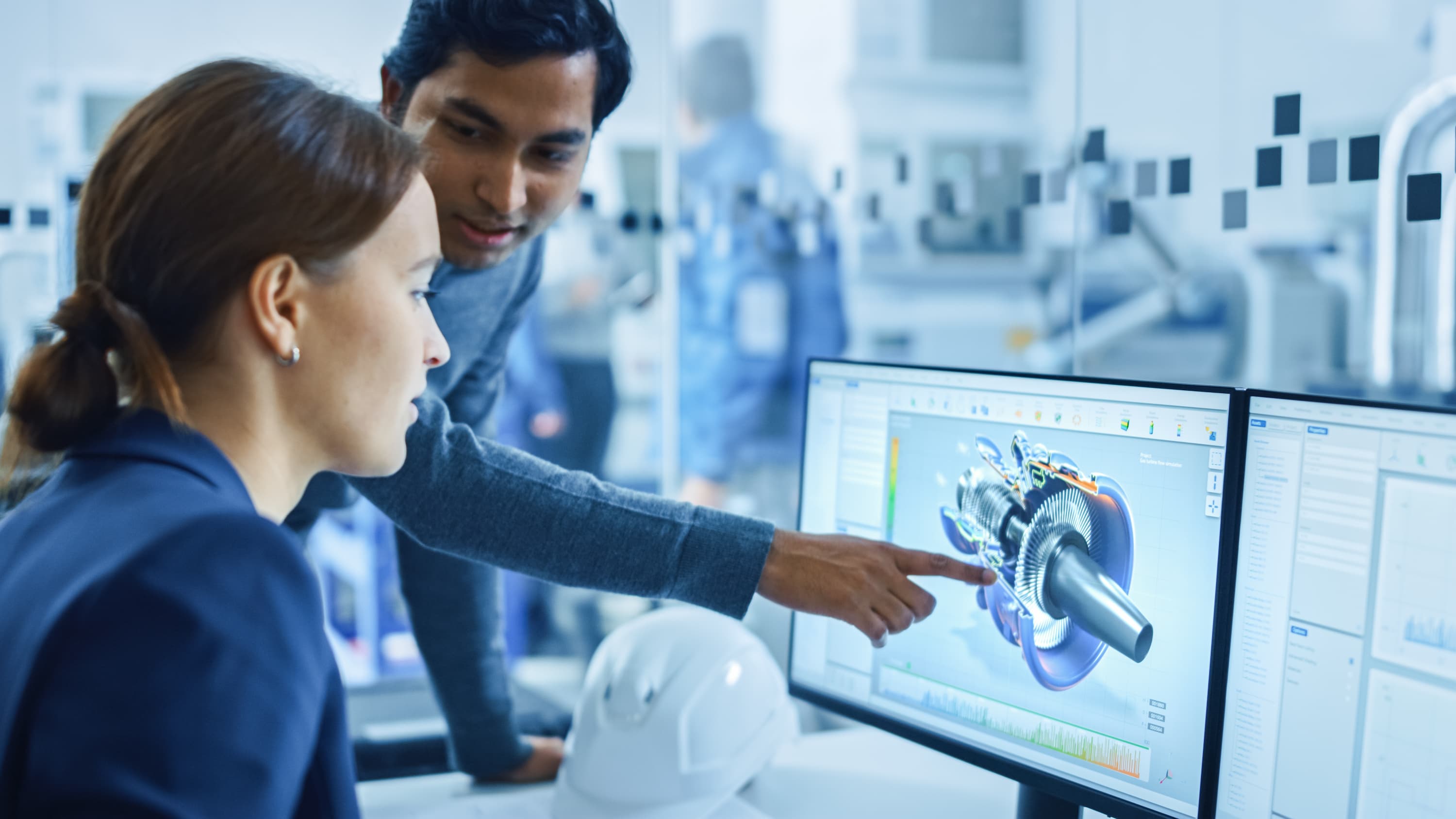For engineers and designers to effectively design parts for auto die casting, optimizing for manufacturing must be a consideration at the earliest stages of a design. While parts must be able to meet their required form and function, without the ability to produce those parts economically the design will not ultimately be a success.
Bringing design for manufacturability considerations to the earliest design stages speeds up time to market for the part and increases the likelihood of success for auto die casting projects.
Identifying Design Goals
Before beginning to design parts for a project, engineers should understand the design goals and the manufacturing processes available. Designing parts to optimize for manufacturability is critical for maximizing return on investment and part reliability and performance.
The production process engineers’ choices will depend on the unique application requirements, but it is crucial to design an optimal component from the outset, whether it’s conventional die casting, multi-slide die casting, or injected metal assembly.
Design for Manufacturing (DFM) is an important technique whose primary purpose is to ensure that the die cast parts used in production continue to work as intended and require minimal secondary operations. Secondary operations can greatly increase the per-part cost and increase the time required to produce parts. Similarly, by identifying manufacturing challenges during this early stage, costly re-engineering processes at a later date can be avoided. As such, DFM greatly improves the efficiency of any industrial process chain.
Identifying Opportunities for Optimization
Understanding how to optimize parts for metal casting allows engineers to identify opportunities for optimization early in the design process. The following design considerations all help to minimize defects, increase the quality of the cast part, and reduce the part costs in the auto die casting process.
Reduce Weight and Wall Thickness
Material cost and machine time can be the biggest cost drivers in the auto die casting process. Reducing weight and wall thickness not only reduces the total amount of material needed but also decreases machine time due to faster solidification rates. Lighter-weight parts reduce the overall energy usage during the manufacturing process and in transportation and handling.
When designing for reduced weight, consider the impact on the part’s performance. Optimization is no good if the part will be unable to perform as designed. When carefully designed, thinner walls can actually increase the overall performance and durability of the product by allowing for increased flexibility and reduced stress on the material.
Keep Wall Thicknesses Constant
Uniformity is key for high-quality, homogeneous cast parts. Variations in wall thickness affect the flow of molten metal during casting and change the solidification rates throughout the part. The change in solidification rates has a big impact on shrinkage and can also change the microstructure of the cast part in certain regions.
Part failure and deformations can occur from changes in wall thickness where stress concentrations or porosity form. Uniform heating and cooling of the cast part is much easier to achieve when the walls have a uniform thickness throughout the part. For a highly repeatable auto die casting process, keep wall thicknesses constant wherever possible.
Consider Draft Angles and Tolerances
The choice of metal for a cast part has a large impact on the minimum draft angles and tolerances that can be achieved. For example, zinc can typically achieve a 0.5° draft angle and tolerances between +/- 0.001” and +/- 0.002” while aluminum typically requires 1°-2° draft angles and tolerances between +/- 0.002” and +/- 0.004”. For internal walls, these draft angles are often doubled.
Where tight tolerances and steep draft angles are not needed, relax them early on. More lenient tolerances make the casting process more efficient and can also extend the tool’s life, further reducing cost. Knowing the constraints of both the material and the metal casting in the design phase can prevent costly engineering changes later in the process.
Consider Using Casting Simulation Software
Being able to predict the outcome of a design for a cast part used to require years of experience and expertise. While expertise is still helpful, access to casting simulation software can shorten the time to market for cast parts and reduce the number of iterations required to get there. Casting simulation software makes auto die casting more efficient and economical by simulating the impact of changes to the design or the metal casting process before any metal is poured.
With simulation software, potential problem areas are highlighted, and changes can be made ahead of time. Simulation software can clearly show the impact of design optimizations like thin walls, uniform wall thicknesses, and draft angles to help engineers determine which features are truly critical for the part and which are not.
Optimize for Manufacturing Starting with Design
Designing metal cast parts can be difficult enough without running into issues during manufacturing. To increase the likelihood of success, bring design for manufacturability considerations to the design early and often through the process.
With advanced tools like casting simulation software, the impact of design changes can be modeled early to determine if the changes are worth the impact. Incorporating manufacturing considerations early in the design project leads to better metal castings and more successful auto die casting projects.


